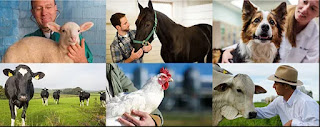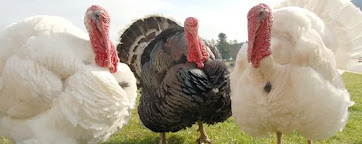Chronic respiratory disease (CRD) is a major health problem in poultry. The most common types of CRD are bronchitis, pneumonia, and pneumonia. These diseases can be fatal if not recognized and treated early.
Chronic respiratory diseases are caused by a variety of infections, including bacteria, viruses and fungi. The most common causes of CRD in poultry are Enterobacter cloacae, Mycoplasma gallisepticum and Pneumocystis carinii.The most common signs of CRD are coughing, sneezing and decreased appetite. Other signs include rapid respiratory rate
Causes of chronic respiratory disease in poultry
There are many causes of chronic respiratory disease in poultry. Some common causes are:
- Infectious agents such as bacteria, viruses and parasites
- Environmental factors such as dust, pollutants and toxic gases
- Genetics
- Abnormal production of mucus and other fluids in the respiratory system
Effects of Chronic Respiratory Disease in Poultry
Chronic Respiratory Disease (Crd) are one of the leading causes of death in poultry.In a broiler study, Crd increased the mortality rate by 50%. Mortality rates were also increased in laying hens and turkeys in the presence of Crd. Some of the effects of Crd in poultry are: coughing, tail wagging, emaciation, rattling, sneezing, open mouth breathing, poor growth, reduced feed intake, reduced egg production and poor shell quality.
Prevention of chronic respiratory disease in poultry
Chronic respiratory disease (CRD) is a common problem in poultry.It can be caused by a variety of things, including dust, air pollution, and viruses. Respiratory diseases are usually associated with environmental conditions. In general, birds in crowded environments are at a higher risk of developing respiratory problems. Poor air quality, high humidity, cold drafts and poor ventilation are some of the environmental factors that contribute to respiratory diseases. Other factors include genetics, age, diet and health.There are a few things you can do to prevent CRD in your herd.
- Keep your herd clean and dust free.
- Use air filters to reduce air pollution.
- Keep your birds healthy by giving them good food and water.
- Vaccinate your birds against common viruses.
Treatment of Chronic Respiratory Disease in Poultry
Chronic respiratory disease (CRD) is a common condition affecting many different bird species including chickens, turkeys, ducks, geese, quail, guinea fowl, pheasants and pigeons.CRD can cause stress, weight loss, diarrhea, weakness, coughing, sneezing, shortness of breath, rales, pneumonia, sinusitis, and other conditions.
The most common treatment for CRD is antibiotics, but these may only help temporarily because the bacteria usually return after treatment. There are also herbal remedies, but they have not been shown to be effective against CRD. For those who want to try natural remedies I recommend the following:
Eucalyptus Oil has antimicrobial properties and may improve your bird's breathing. You can use eucalyptus from your local health food store.
Ginger is widely known for its anti inflammatory properties, and has been used for hundreds of years to deal with illnesses like asthma. Ginger tea must be crafted from sparkling ginger root, steamed or boiled, then strained and cooled earlier than drinking.
Lemon juice allows stimulate digestion and combat off infections. A few drops of lemon juice brought to water every day must do wonders
Some humans don't forget natural remedies to be useless because of the truth that they use wild-developing herbs. But herbal drug treatments aren't continually produced via chemical synthesis; rather, they may be derived from clearly going on compounds. Therefore, organic growers can deliver clients with those equal herbs while not having to fear approximately dangerous insecticides or herbicides being carried out to the vegetation earlier than harvesting. Organic manufacturers recognize a way to pick out the pleasant vegetation and flowers for every region, and this lets in them to offer farmers with the highest-high-satisfactory merchandise possible.









